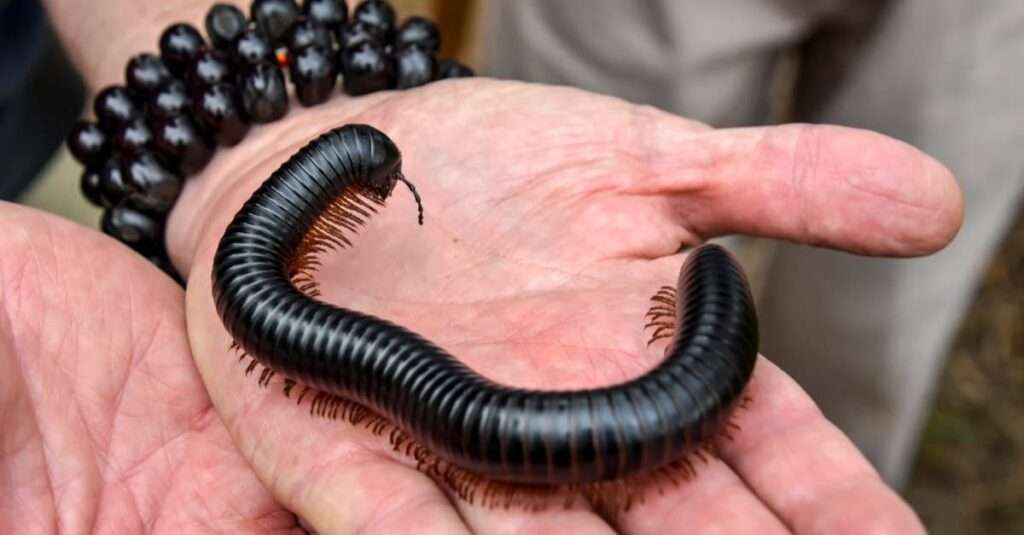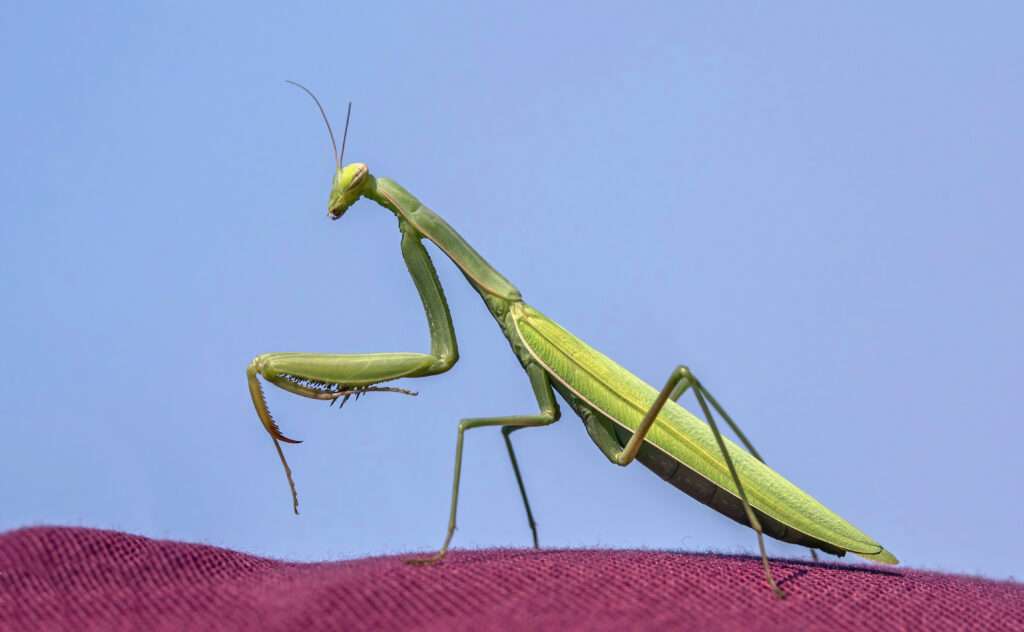
The largest class of myriapods are millipedes, which are arthropods having two pairs of jointed legs on most body segments. Diplopoda contain about 12,000 identified species that are divided into 16 orders and 140 families. Slow-moving detritivores known as millipedes consume rotting leaves and other types of dead plant material. Some may develop into pests in the home or garden. The majority of millipedes use chemicals released from pores on their bodies to defend themselves, but the small bristle millipedes are coated with tufts of detachable bristles.
Some of the earliest known land animals are millipedes, which may grow to lengths of more than 2 meters. Centipedes, which have just one pair of legs on each body segment, are myriapods, which are related to pauropoda, but millipedes are not.
Where do millipedes live?
Every state in the union, including Alaska, Hawaii, Puerto Rico, and the US Virgin Islands, has millipedes. A millipede’s preferred environment is moist soil that is beneath mulch or decomposing leaf litter. To protect themselves against predators like birds, toads, and small animals, millipedes don’t have stingers or pinchers.
What do millipedes eat?
Mainly they are Scavengers and some are Detritivores, or those who consume rotting vegetation, excrement, or organic materials combined with soil, including millipedes. They can also be omnivorous, which means they consume insects, centipedes, earthworms, or snails, or herbivorous, which means they consume living plants.
What is the lifespan of millipedes?
A millipede’s lifespan is between seven and ten years.
What do millipedes look like?
Invertebrates known as millipedes are cylindrical or slightly flattened. Small arachnids, millipedes can grow from 2.5 cm to 13 cm in length. Some species exhibit aposematic coloring and are poisonous. All other millipedes have a solid exoskeleton, however the basal subclass Penicillata has a soft and uncalcified exoskeleton. Major millipede groups differ substantially in terms of body style. The bodies of millipedes are divided into several segments.
Head
- A millipede has a spherical head, two big mandibles, and two Tömösváry organs, which are sensory organs.
- On either side of the head, millipedes have a group or patch of numerous flat-lens ocelli. Some creatures are blind and have lost their eyes.
Body
- Millipede bodies, which can be cylinder-shaped or flat, are made up of multiple metameric segments. Four chitinous plates, which are normally tough and loaded with calcium salts, make up their exoskeleton.
- The first legless portion behind the head is called a collum. Haplosegments are the second, third, and fourth body segments, each of which has a single set of legs.
Body
- Millipede bodies, which can be cylinder-shaped or flat, are made up of multiple metameric segments. Four chitinous plates, which are normally tough and loaded with calcium salts, make up their exoskeleton.
- The first legless portion behind the head is called a collum. Haplosegments are the second, third, and fourth body segments, each of which has a single set of legs.
Body
- Millipede bodies, which can be cylinder-shaped or flat, are made up of multiple metameric segments. Four chitinous plates, which are normally tough and loaded with calcium salts, make up their exoskeleton.
- The first legless portion behind the head is called a collum. Haplosegments are the second, third, and fourth body segments, each of which has a single set of legs.
Legs
- Each segment has two pairs of legs that are attached to the underside of the body.
- Common species have between 34 and 400 legs, and Eumillipes persephone holds the record with individuals having up to 1,306 legs, the most of any animal on Earth.

Requirements for Keeping as Pets
Habitat size
For millipedes, it is advised to use a suitable habitat, such as a 5 to 10 gallon glass tank, with a screen mesh lid attached securely with metal clips to prevent escape.
Construction of Habitat
- Hideaway: Provide a hiding place for your millipede so that it can feel safe.
- Substrate: Millipedes may dig in a variety of substrates, including moistened sphagnum moss, bark, and eco-earth.
- Lighting: Keep the habitat out of direct sunlight because millipedes sleep during the day and dislike strong, hot lights. Instead, use a low-wattage red or blue bulb to observe your millipede’s nocturnal activities undisturbed.
Cleaning of Environment
If hosting more than one millipede, clean and disinfect the habitat every week or at least once every other week.
Secure Habitat
- Clean the tank and the interior with 3% bleach solution or a reptile-safe environment cleaner.
- Thoroughly rinse with water to get rid of any remaining habitat cleanser or bleach odor.
- Dry the tank and furniture before reintroducing your millipede to its environment with fresh substrate.
Humidity and Temperature
Millipedes must have the right humidity and temperature to survive. As millipedes prefer moist surroundings, make sure the terrarium’s substrate has enough water. Verify the ideal temperature for species. In general, a temperature of 25 degrees Celsius is ideal.
Table





